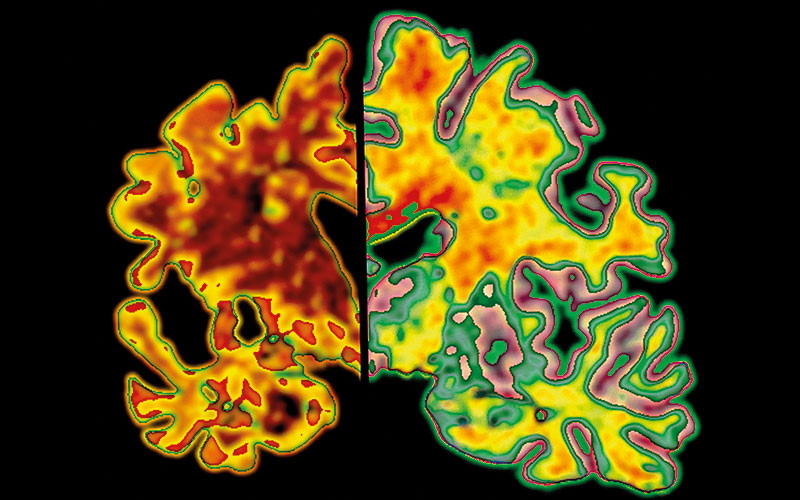This is the second of selected short biographies of persons whose names are directly used for diseases, conditions, syndromes or tests familiar to those working in clinical pathology laboratories.

In the 3rd century BC, the Greek physician Herophilus differentiated the cerebrum and cerebellum, identified a number of cranial nerves and realised motor and sensory nerves were different. The great Flemish anatomist Andreas Vesalius published De Humani Corporus Fabrica in 1543, which contained the most complete description of the anatomy of the brain. Over a century later, Thomas Willis, an English physician, pioneered research on the brain and nervous system through his publications, notably Pathologiae cerebri, which described the pathology and neurophysiology of the brain. He is regarded as the founder of clinical neuroscience.
During the late 19th century, advances in neuroanatomy were achieved by the German neurologist Korbinian Brodmann to map the cytoarchitecture of the cerebral cortex. This promoted the wider use of histopathological techniques on brain tissue using microscopy with improved tissue processing and staining procedures. Foremost stains for nervous tissue were developed by Camillo Golgi in 1873 and Santiago Ramon y Cajal in 1889. Golgi found that when treating brain tissue sections with silver chromate a relatively small number of neurons were darkly stained. Later Cajal resolved in detail the structure of individual neurons and his work supported the neuron doctrine – that neurons are the basic structural and functional units of the nervous system.
Please click here to read the full article.




